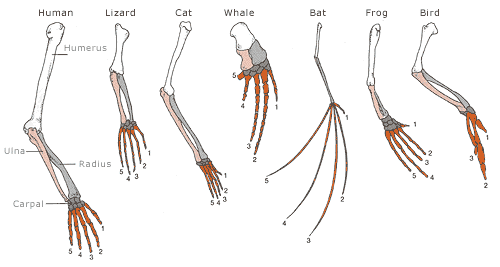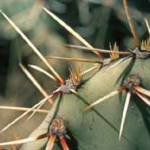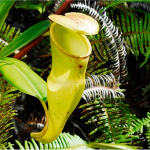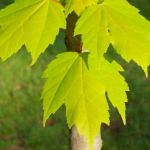2.5 How do we know evolution has occurred? Comparative anatomy.
Comparative anatomy
Related organisms have similar bodily structures, or anatomy; for example, the skeletons of humans, rats, and bats are similar, despite numerous obvious differences. In fact, there is a bone-by-bone similarity in the bodies of these three animals. Anatomical similarities are particularly evident in a comparison of the forelimbs of the pterodactyl, bat, hawk, whale, and human (figure 4). These animals live in different types of environments, and use their limbs for different functions–flying, swimming, or grasping and throwing. Despite these different functions, all of these animals possess limbs with certain shared characteristics: a five-digit structure, a single large bone (humerus), two bones in the forearm (ulna and radius), and several wrist bones.

In fact, all four-limbed animals (or tetrapods)–amphibians, reptiles, birds, and mammals–have similar limbs. Anatomical similarities, such as those that characterize tetrapod limbs, are used as evidence for common ancestry. In other words, these similarities suggest that pterodactyls, bats, hawks, whales, and humans all share a common ancestor somewhere in their distant past. Learning about shared ancestry provides an important clue to understanding an organism’s evolution.



Figure 2.6 Leaves as homologous structures. Cactus spines, the leaves of a maple tree, and the cup-like “pitcher” of a pitcher plant are all modified from a common structure in an ancestor shared by all leaf-bearing land plants.
- Homologous structures are anatomical features that different organisms share as a result of a common ancestor. The tetrapod limbs discussed above are homologous structures, or homologies. Because they evolved in an ancestor and are currently shared by different organisms, homologies are often called shared derived traits. Cactus spines, the leaves of a maple tree, and the cup-like “pitcher” of a pitcher plant are all modified from a common structure in an ancestor shared by all leaf-bearing land plants. While these leaves look different, and have evolved to serve different purposes, they are homologous structures and tell important stories about each plant’s history (figure 5).
- Analogous structures are anatomical features that different types of organisms share, but not as a result of a shared ancestor. Instead, analogous structures, or analogies, are similar because the organisms have changed in response to similar environments. When distantly related organisms share features as a result of similar environmental pressures (and not because of common ancestry), we say that they have undergone convergent evolution. For example, arctic mammals such as foxes and snowshoe hares grow white fur during the winter months. White fur allows these organisms to blend into the ice and snow that characterizes their polar home, and presumably protects them from predation. However, foxes and snowshoe hares do not share a common ancestor with white fur. Of course they ultimately share a common ancestor, as do all mammals, but the fox lineage is full of non-white animals, as is the group to which hares belong. The winter white of arctic foxes and snowshoe hares is thus an analogous structure, due to convergent evolution in a white, wintry landscape.
-

Figure 2.7 The Vestigial piloerection of humans leads to goosebumps…not very scary! Vestigial structures are anatomical features that are either no longer in use, or their use has been greatly reduced or altered. Vestigial structures, or vestigia, provide clues to an organism’s history by suggesting what features were useful in the past, and by linking an organism to other, related organisms. For example, many mammals exhibit piloerection, whereby muscles constrict around the hair follicles and the animal’s hair stands on end. If you’ve ever surprised or otherwise threatened a dog or cat, you’ve probably seen the results of piloerection. Humans are mammals too, but we’ve been reduced to a scant covering of body hair. When we are scared, we also constrict the muscles around our hair follicles, but this just gives us goosebumps (Figure 6). Goosebumps aren’t very scary, but as vestigia they link us to our mammalian relatives, and tell us something about our evolutionary history.

